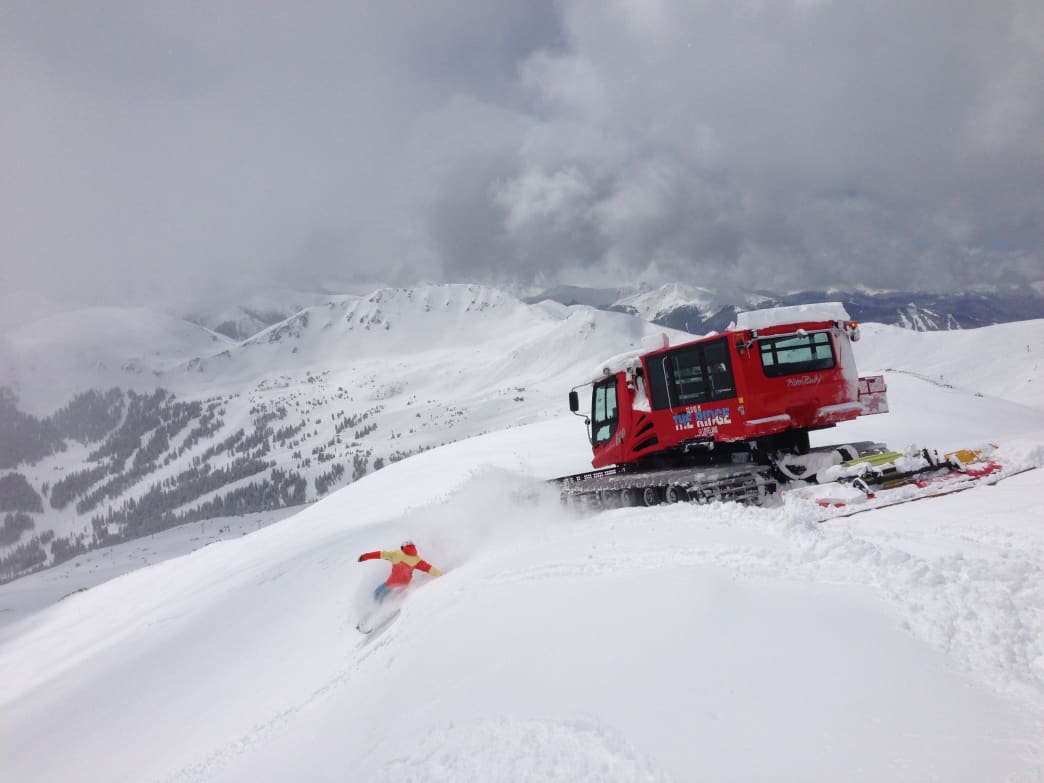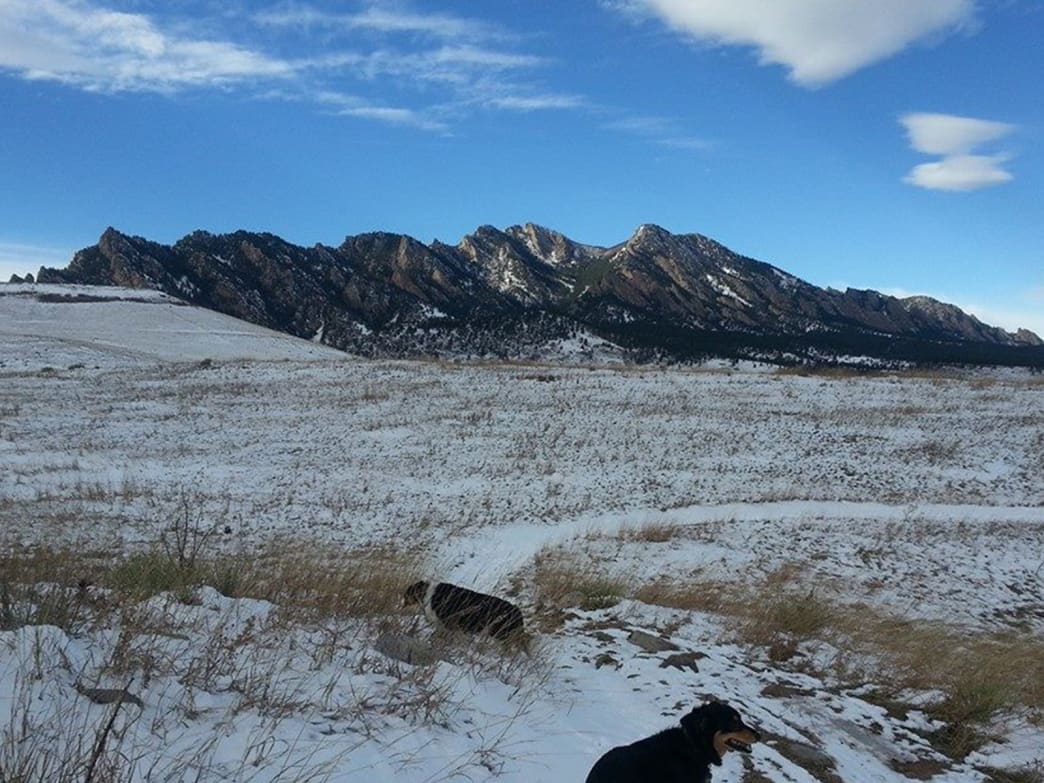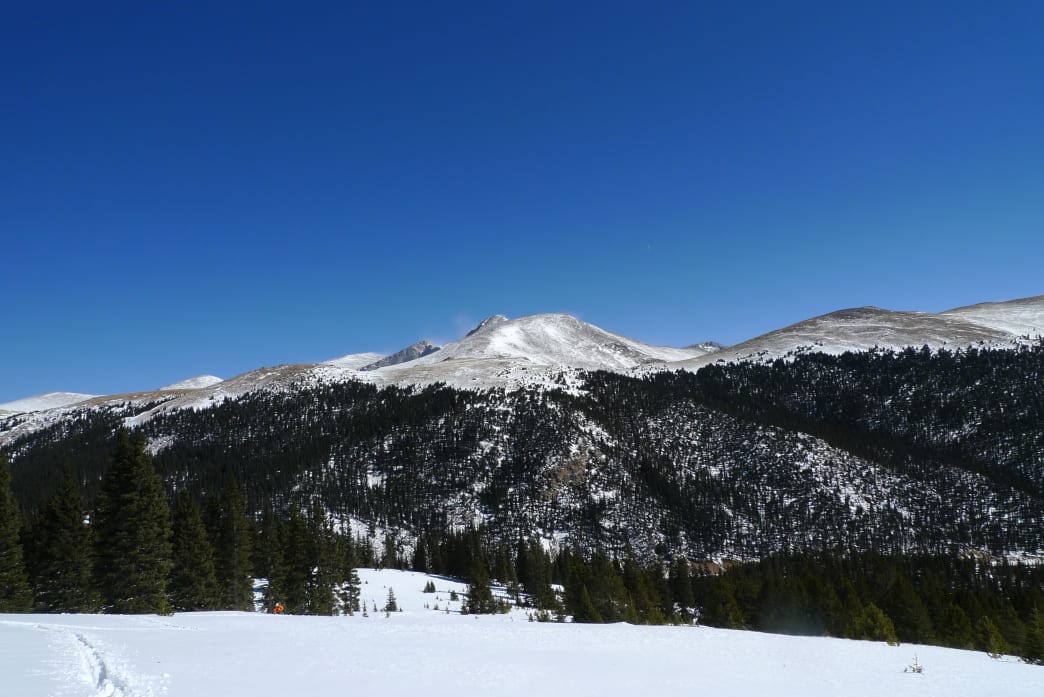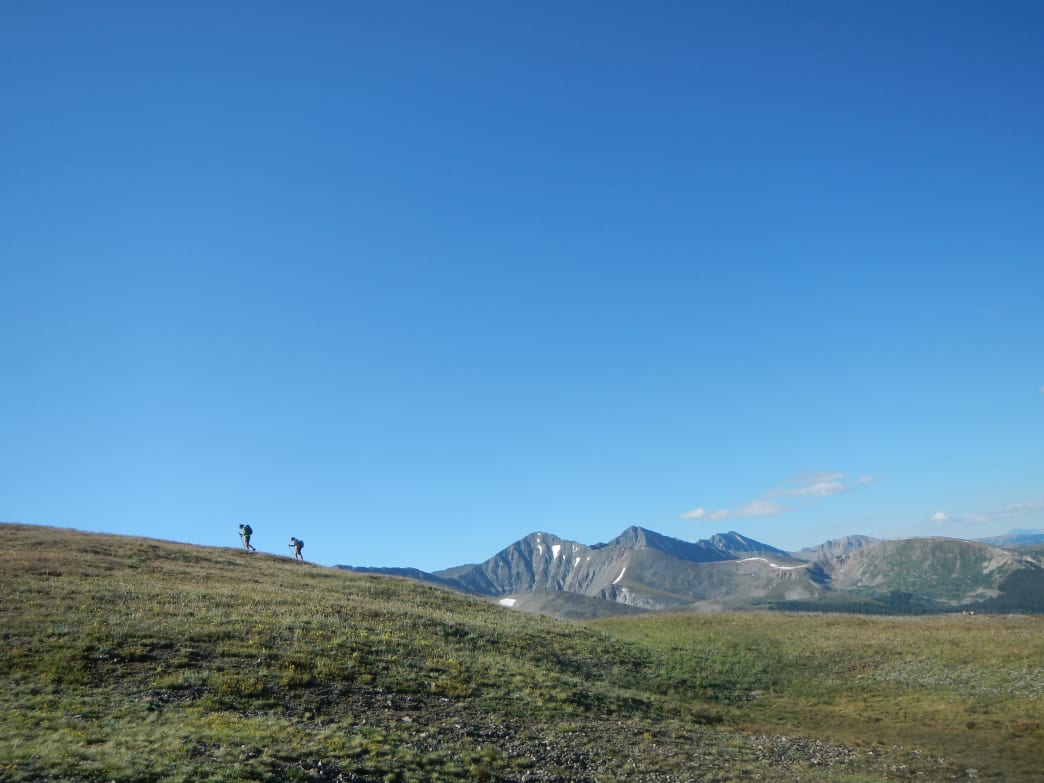Most Recent

Winter Activities in Boulder – Snowshoeing Green Mountain Intro Boulder tends to get a few weeks each year where the city has enough powder to use snowshoes right in our own backyards. Luckily, the lofty reaches of 8,144 ft. Green Mountain provide a playground that is suitable for snowy fun throughout the winter — though […]

Intro Loveland Ski Area is one of Colorado locals’ favorite mountains. Only 53 miles away from Denver, Loveland offers a wide range of terrain from beginner to expert, without the headache of a crowded resort. Loveland is one of the first resorts to open every winter and typically one of the last to close, giving […]

Intro Doudy Draw’s network of trails in south Boulder are fun to ride anytime of year but they will do your fat bike proud when there’s snow on the ground. There’s likely to be a mix of snow, ice, dirt and mud — all ingredients that fat, knobby tires will gobble up with delight. With […]

Intro Thanks to its proximity to a popular fourteener, the Guanella Pass road is lined with cars all summer, but the fun doesn’t have to end when the winter road closure takes effect each November. The long-closed Geneva Basin Ski Area, situated a few miles south of the Guanella Pass summit, boasts an annual snowfall […]

Once again, Outside magazine has confirmed what more than five million Coloradans already knew: the Centennial State is an awesome place to live and work. The magazine’s annual list of the 100 Best Places to Work featured 30 Colorado companies in 2015 and 36 in 2016—more than a third of the list, and that number […]

Asa Firestone was born with an entrepreneurial spirit and has cultivated hospitality expertise in the picturesque landscapes of Lyons and Boulder, Colorado. As the co-owner of the A Lodge, his journey epitomizes dedication, innovation, and a deep-rooted commitment to community.
Asa’s journey began with a profound appreciation for travel and exploration. His early experiences staying in lodges around the world ignited a passion for creating memorable experiences for others. Armed with this passion and a keen business acumen, he embarked on a mission to redefine hospitality in his own backyard.
In 2008, Asa’s vision came to fruition with the establishment of the A Lodge in Boulder, Colorado. Nestled amidst the majestic Rocky Mountains, this Boulder hotel quickly garnered acclaim for its blend of rustic charm and modern comfort. Under Asa’s guidance, the A Lodge became more than just a place to stay; it became a destination where guests could immerse themselves in the unparalleled beauty of Colorado while experiencing genuine hospitality.
However, Asa’s ambitions didn’t stop there. Recognizing the growing demand for unique accommodations in Boulder, he expanded his footprint by acquiring and revitalizing a second property in the heart of Lyons. This expansion not only solidified Asa’s reputation as a visionary entrepreneur but also furthered his mission of providing exceptional hospitality experiences to a broader audience.
Beyond his role as a hospitality magnate, Asa Firestone is deeply invested in the communities he serves. Whether through supporting local initiatives, fostering sustainable practices, or championing the arts, he remains dedicated to making a positive impact at both the local and global levels.
Asa’s leadership exemplifies a harmonious blend of passion, innovation, and compassion. His unwavering commitment to excellence continues to set the standard for hospitality in Lyons, Boulder, and beyond. As guests continue to flock to the A Lodge, they are not only welcomed into a warm and inviting space but also into the visionary world of Asa Firestone.
